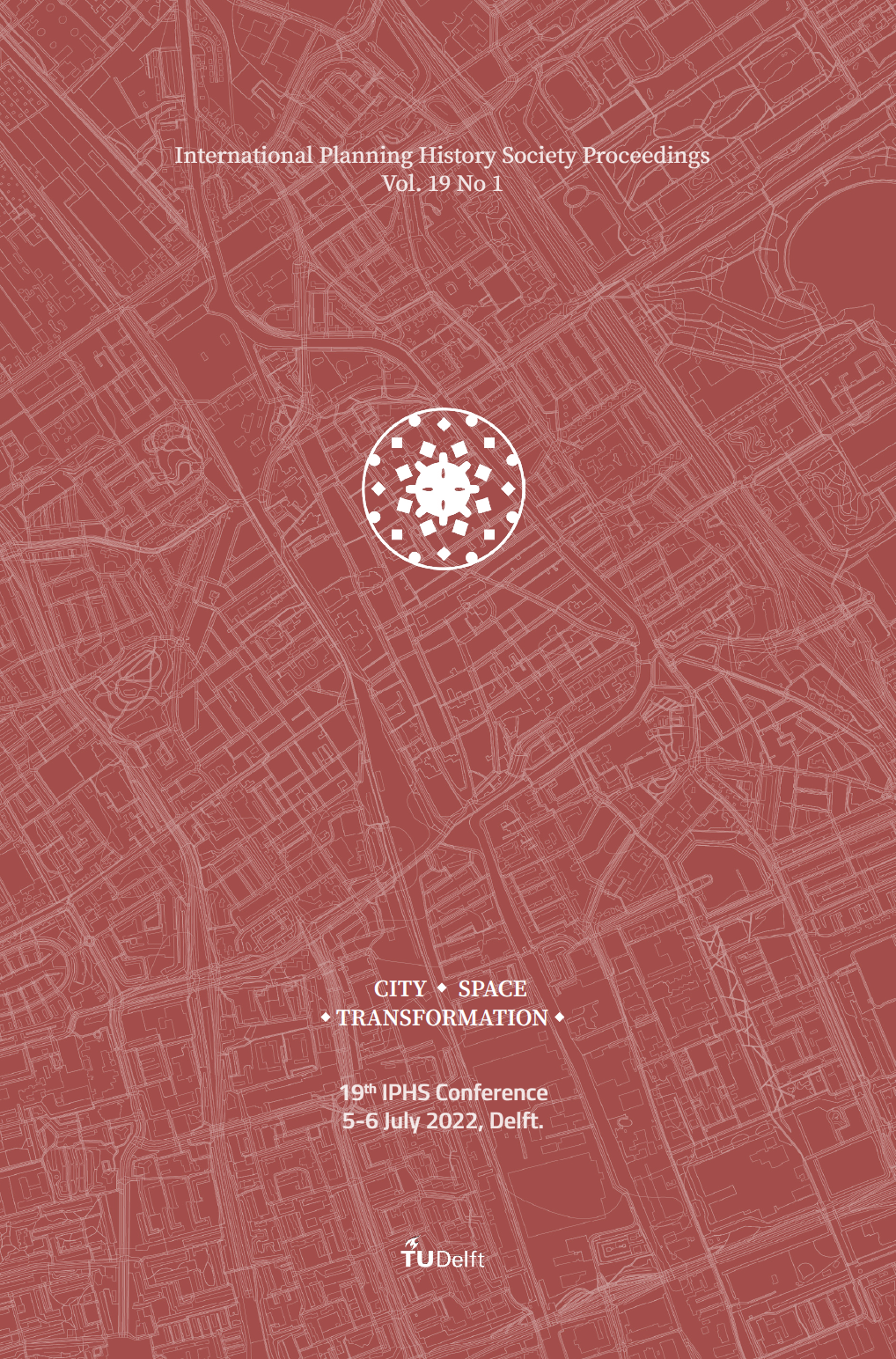‘Captains of industry’ of the metropolitan nexus
Private mass housing development in twentieth-century Belgium
DOI:
https://doi.org/10.7480/iphs.2022.1.6525Abstract
In the Belgian context, the redevelopment of the metropolitan space is historically compromised by the absence of an emancipated scene of developers ready to take on this urban agenda in a structured and well-integrated manner. The origins of this situation are found in the twentieth century and the manner in which cities in Belgium dealt with metropolitan expansion, progressively denying a structural role to large scale property development, indirectly circumventing the creation of a more emancipated development scene. As we are trying to imagine the redevelopment of this twentieth century expansion belt of cities in Belgium, it is important to understand the actors and development logics that undergirded this –albeit incomplete- process of metropolization, as it did actually take form. This paper focusses on the production of the two major commercial residential developers, Jean-Florian Collin (Etrimo) and François Amelinckx (Amelinckx N.V.), who constructed over 70,000 apartments in the metropolitan agglomerations of Belgium between 1924 and 1985. Their short-lived, but large-scale, production defines an ‘invisible city’ of which we know very little but which can be used to analyse key aspects of the process of 20th century metropolization in Belgium. By applying a production perspective on planning history, the actual projects that these developers realized are considered a combination of the ‘space’ that was given to them and the ‘space’ they claimed. This perpetual interplay between the actual conditions and the actor coalitions that included developers is defined as a ‘metropolitan nexus’, in which the process of metropolization is perpetually being redefined.
The production of Etrimo and Amelinckx N.V. may seem generic at first, and does not conform to conventional narratives concerning the formal qualities of buildings. However, a strategic mapping of this production reveals distinct spatial constructs (or ‘figures’), both specific and at the same time systematic types of urban environments created by the two commercial players. Both developers were ‘champions of a game of their creation,’ as they applied precise strategies in constructing specific circumstances that seized the latent potential of development (that hovered over the capitalist metropolitan landscape) into concrete, often opportunistically defined, built commodities.
This production perspective makes it possible to look at a processes of metropolitan expansion and twentieth century planning in Belgium from a different angle, starting from the actual built reality and the ‘captains of industry’ that this urban reality was grounded upon. A perspective which has been little-applied in the Belgian case, and is particularly pertinent for interpreting development patterns in a context like Belgium that lacks a strong planning culture.


